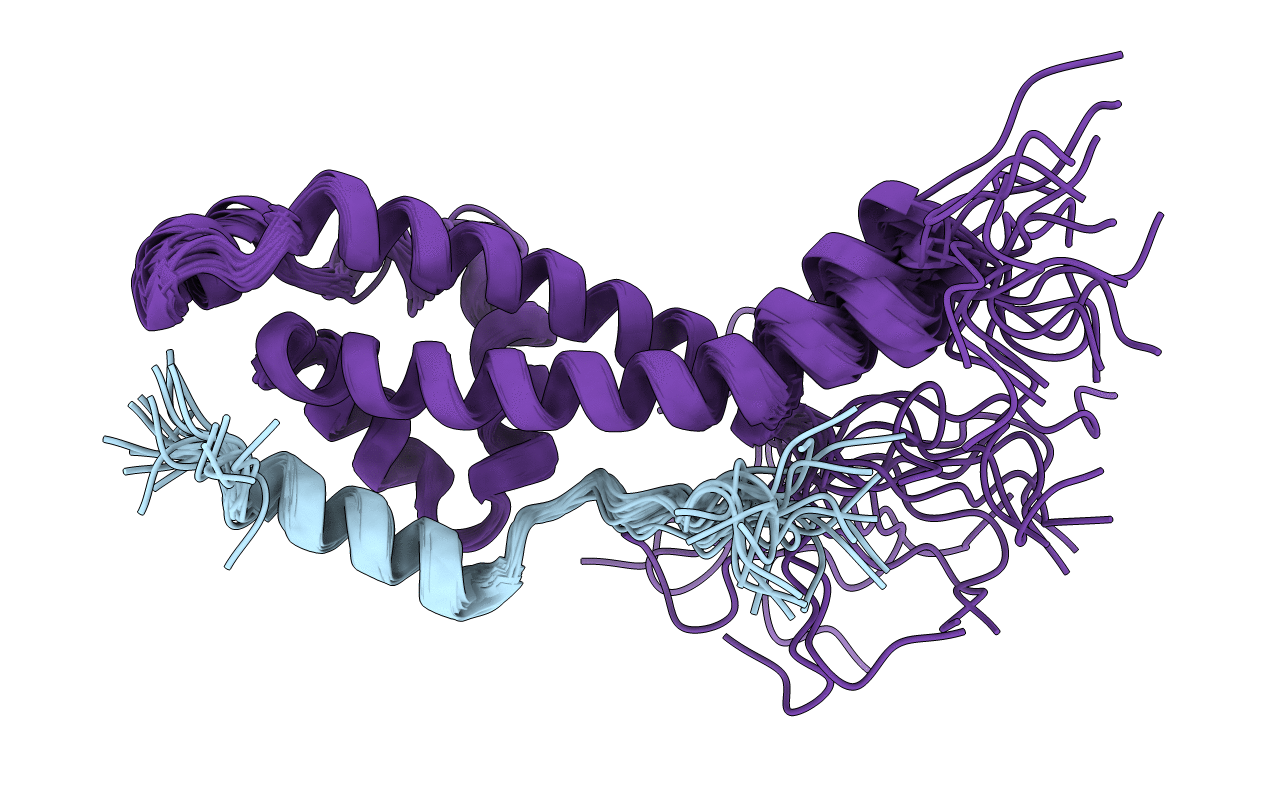
Deposition Date
2015-05-08
Release Date
2015-07-15
Last Version Date
2024-05-15
Entry Detail
PDB ID:
2N2H
Keywords:
Title:
Solution structure of Sds3 in complex with Sin3A
Biological Source:
Source Organism:
Mus musculus (Taxon ID: 10090)
Host Organism:
Method Details:
Experimental Method:
Conformers Calculated:
80
Conformers Submitted:
20
Selection Criteria:
structures with the least restraint violations


